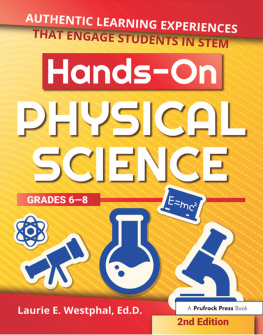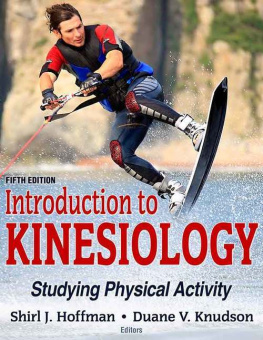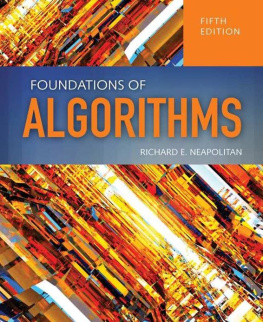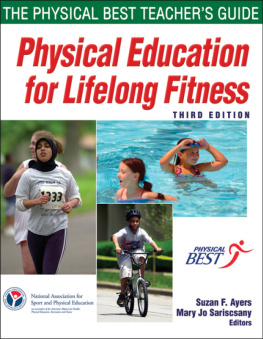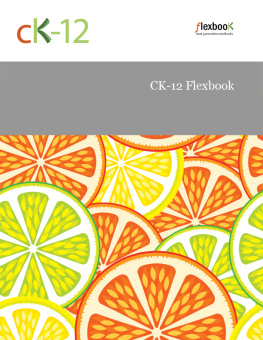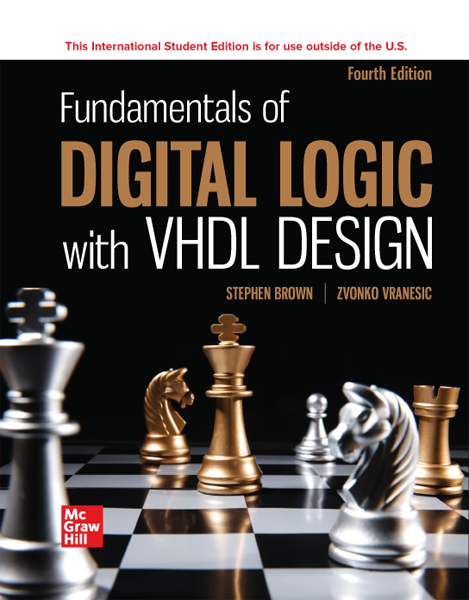
page i

page ii
page iii
THIRTEENTH EDITION
PHYSICAL SCIENCE
BILL W. TILLERY
ARIZONA STATE UNIVERSITY
STEPHANIE J. SLATER
CENTER FOR ASTRONOMY & PHYSICS EDUCATION RESEARCH
TIMOTHY F. SLATER
UNIVERSITY OF WYOMING

page iv

PHYSICAL SCIENCE
Published by McGraw Hill LLC, 1325 Avenue of the Americas, New York, NY 10019. Copyright 2023 by McGraw Hill LLC. All rights reserved. Printed in the United States of America. No part of this publication may be reproduced or distributed in any form or by any means, or stored in a database or retrieval system, without the prior written consent of McGraw Hill LLC, including, but not limited to, in any network or other electronic storage or transmission, or broadcast for distance learning.
Some ancillaries, including electronic and print components, may not be available to customers outside the United States.
This book is printed on acid-free paper.
1 2 3 4 5 6 7 8 9 LWI 27 26 25 24 23 22
ISBN 978-1-265-13335-1
MHID 1-265-13335-2
Cover Image: John Foxx/Getty Images
All credits appearing on page or at the end of the book are considered to be an extension of the copyright page.
The Internet addresses listed in the text were accurate at the time of publication. The inclusion of a website does not indicate an endorsement by the authors or McGraw Hill LLC, and McGraw Hill LLC does not guarantee the accuracy of the information presented at these sites.
mheducation.com/highered
page v
BRIEF CONTENTS
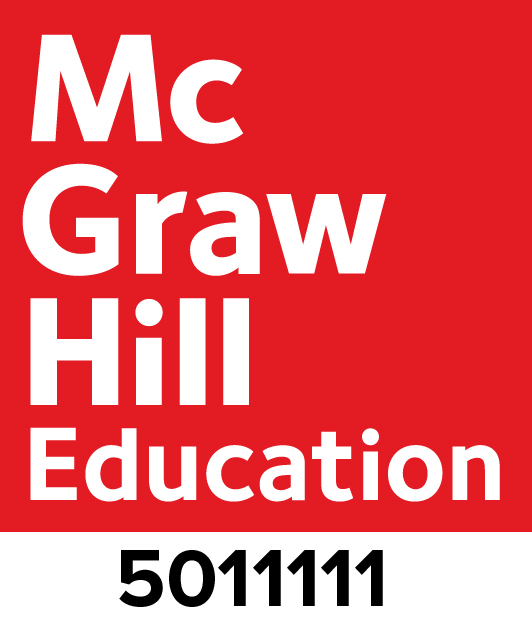
page vi
CONTENTS

Purestock/SuperStock

Patrick Foto/Shutterstock

Glen Allison/Getty Images
page vii
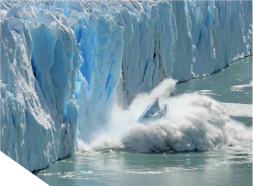
Frank Rossbach/Media Bakery

Medioimages/Photodisc/Getty Images

CWellsPhotography/Getty Images
page viii

Photodisc/SuperStock

Charles D. Winters/McGraw Hill

Evannovostro/Shutterstock

Terry Wild Studio/McGraw Hill
page ix

Digital Archive Japan/Alamy Stock Photo
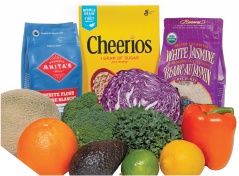
Fuse/Getty Images

Digital Vision/Getty Images

Source : The Hubble Heritage Team (AURA/STScI/NASA)
page x

Source: JHUAPL/SwRI/NASA

Source: NASA GSFC image by Robert Simmon and Reto Stckli

Lissa Harrison

Source: Library of Congress Prints and Photographs Division [LC-DIG-ppmsca-18014]
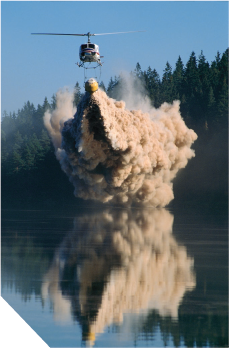
Dr. Parvinder Sethi
page xi

Doug Sherman/Geofile

Zoonar GmbH/Alamy Stock Photo

Stephanie J. Slater

Ingram Publishing/AGE Fotostock
page xii

Timothy F. Slater
page xiii
PREFACE
Physical Science is a straightforward, easy-to-read but substantial introduction to the fundamental behavior of matter and energy. It is intended to serve the needs of nonscience majors who are required to complete one or more physical science courses. It introduces basic concepts and key ideas while providing opportunities for students to learn reasoning skills and a new way of thinking about their environment. No prior work in science is assumed. The language, as well as the mathematics, is as simple as can be practical for a college-level science course.
ORGANIZATION
The Physical Scienc e sequence of chapters is flexible, and the instructor can determine topic sequence and depth of coverage as needed. The materials are also designed to support a conceptual approach or a combined conceptual and problem-solving approach. With laboratory studies, the text contains enough material for the instructor to select a sequence for a two-semester course. It can also serve as a text in a one-semester astronomy and earth science course or in other combinations.
MEETING STUDENT NEEDS
Physical Science is based on two fundamental assumptions arrived at as the result of years of experience and observation from teaching the course: (1) that students taking the course often have very limited background and/or aptitude in the natural sciences; and (2) that these types of student will better grasp the ideas and principles of physical science that are discussed with minimal use of technical terminology and detail. In addition, it is critical for the student to see relevant applications of the material to everyday life. Most of these everyday-life applications, such as environmental concerns, are not isolated in an arbitrary chapter; they are discussed where they occur naturally throughout the text.
Each chapter presents historical background where appropriate, uses everyday examples in developing concepts, and follows a logical flow of presentation. The historical chronology, of special interest to the humanistically inclined nonscience major, serves to humanize the science being presented. The use of everyday examples appeals to the nonscience major, typically accustomed to reading narration, not scientific technical writing, and also tends to bring relevancy to the material being presented. The logical flow of presentation is helpful to students not accustomed to thinking about relationships between what is being read and previous knowledge learned, a useful skill in understanding the physical sciences. Worked examples help students to integrate concepts and understand the use of relationships called equations. These examples also serve as a model for problem solving; consequently, special attention is given to complete unit work and to the clear, fully expressed use of mathematics. Where appropriate, chapters contain one or more activities, called Concepts Applied, that use everyday materials rather than specialized laboratory equipment. These activities are intended to bring the science concepts closer to the world of the student. The activities are supplemental and can be done as optional student activities or as demonstrations.
Next page


